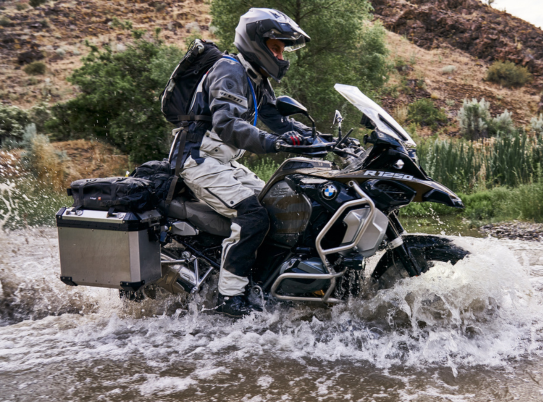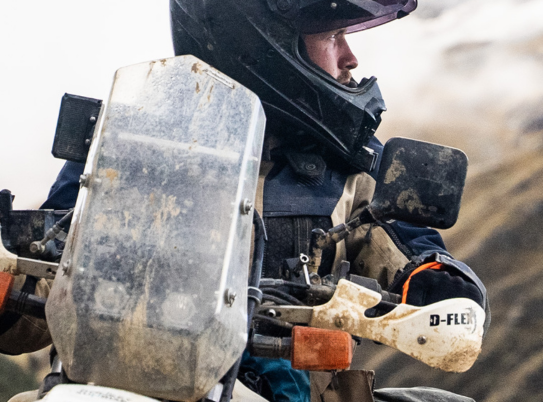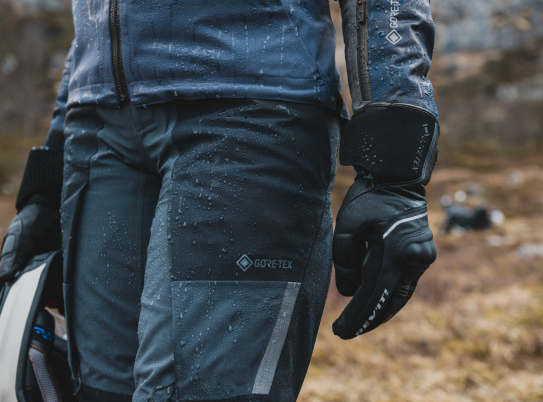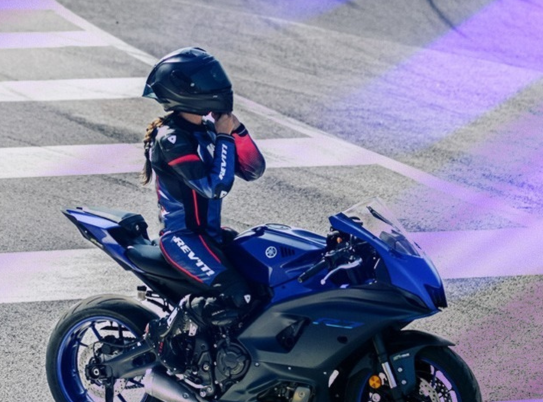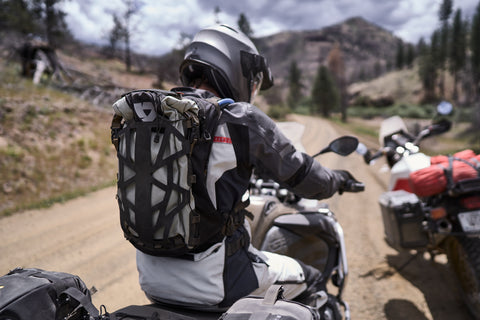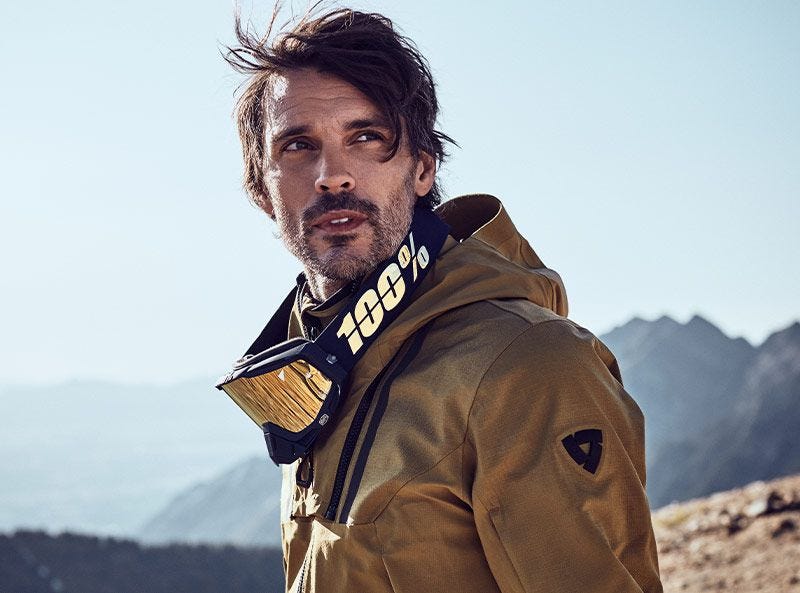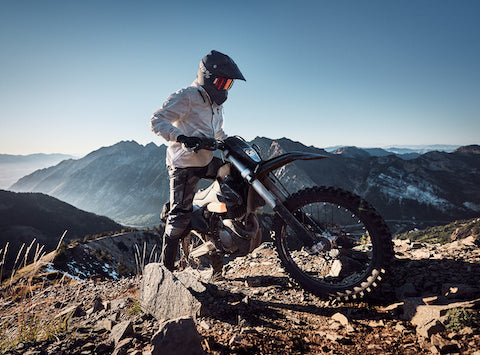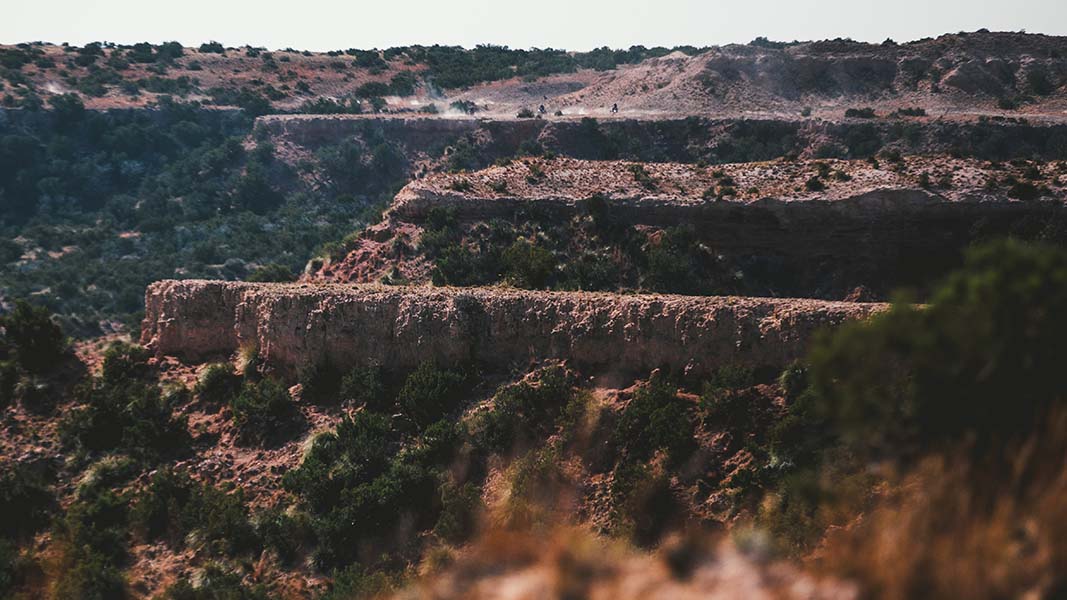From Baja To Dakar and Life In Between
Scot Harden was at the forefront of the international off-road motorcycle racing scene for four decades. In 1977, Harden and co-rider, Brent Wallingsford, won the famous Baja 1000 overall on a two-stroke Husqvarna, the first of a record five consecutive SCORE International Off-Road Racing victories.
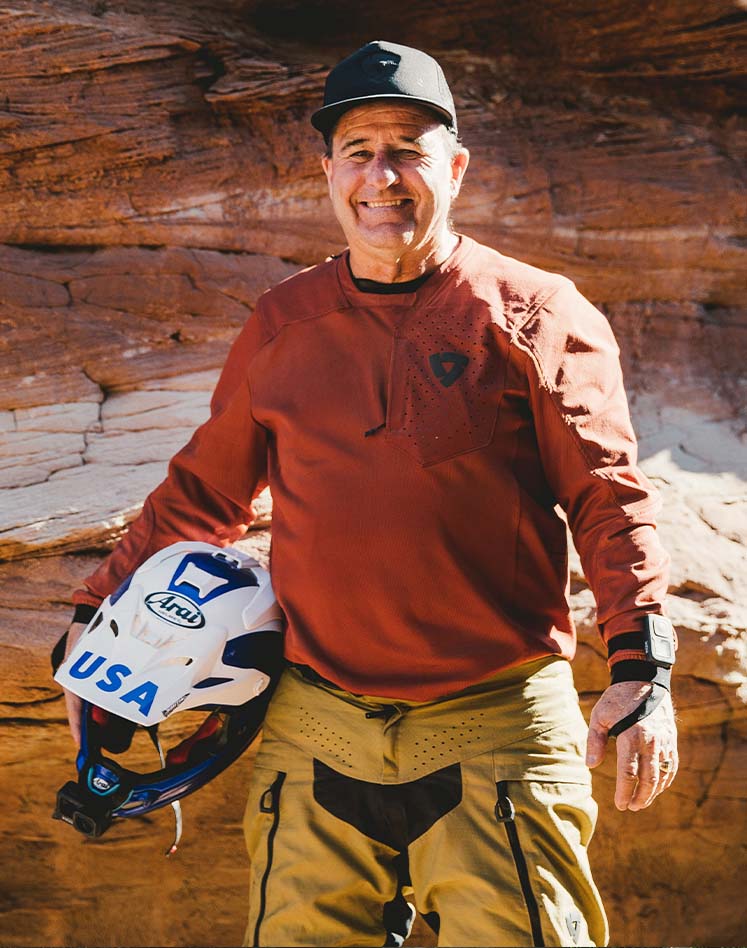
The Life of a Legend
While Harden’s list of off-road accolades and accomplishments is impressive, he has created a fruitful life away from motorcycling, too. A father of two sons (and now, two grandchildren), the former VP of Husqvarna, KTM, and Zero Motorcycles brings a thoughtful, hard-working approach to everything he does.

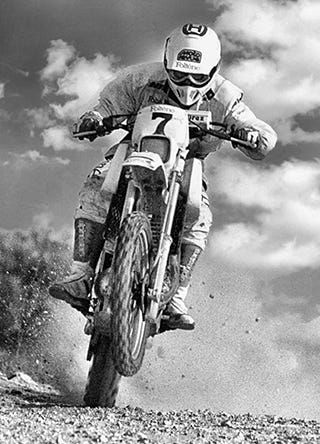
Still Hitting the Trails
Hosted by Gnarly Routes founders, Russell Bobbitt and Cole Kirkpatrick, the two-day event was an opportunity for brand ambassadors and motorcycle dealers to wear the new off-road apparel in an environment that bends for no one. We sat down with Harden to gather insight into his racing career and learn what it takes to create an off-road legacy.

That part of the country’s landscape is beautiful, but it can be tough on bikes, bodies, and gear. You have to be prepared for all that the land can throw at you.
Every bush has a thorn on it. I mean, every bush is out there to grab your jersey and pants and rip them off you. I don’t know if REV’IT! realized that when they selected this ranch for the event, but it is a great place to test gear. Like everything else in Texas, it is damn big, a world-class riding destination with many different types of terrain.
The Sierra jersey I wore felt like a protective element of the kit. A lot of jerseys are nothing more than a way to paste signage on a rider, especially when you get into the motocross and the off-road lines. That other stuff is hyper-thin. The Sierra had protection in all the right places. Thumb straps keep the sleeves from riding up, especially if you fall down. I crashed pretty hard, and the sleeve didn’t ride up and expose my forearm — it did what it is supposed to do. I really like the zippered chest pocket for the goggle wipe. I have never seen that feature on a jersey.
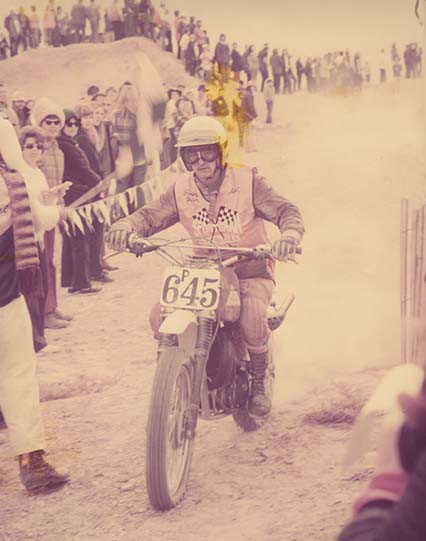
What initially drew you to off-road riding, and what was your first motorcycle?
I started riding when I was 11 years old. I hounded my parents so much they finally relented and bought me a Taco 22 minibike. I moved on to a full-size bike when I was 14 and started racing at 15. Growing up on the outskirts of Las Vegas, I had the biggest desert playground ever in my backyard. Riding off-road motorcycles was a natural progression from the environment I grew up in.
Most of your racing successes came on Husqvarnas and KTMs. What bikes do you own today, and what type of riding do you enjoy most?
I am very specific in my approach to riding. I have two Husqvarnas, a TE 300i for technical trail riding and an FE 501s for dual-sport rides; the license plate allows me to connect the trails I like to ride. For adventure riding, I have a KTM 790 Adventure R. I also have a KTM 1190 Adventure R for two-up rides with my wife, Kristi, and for overnight camping trips.
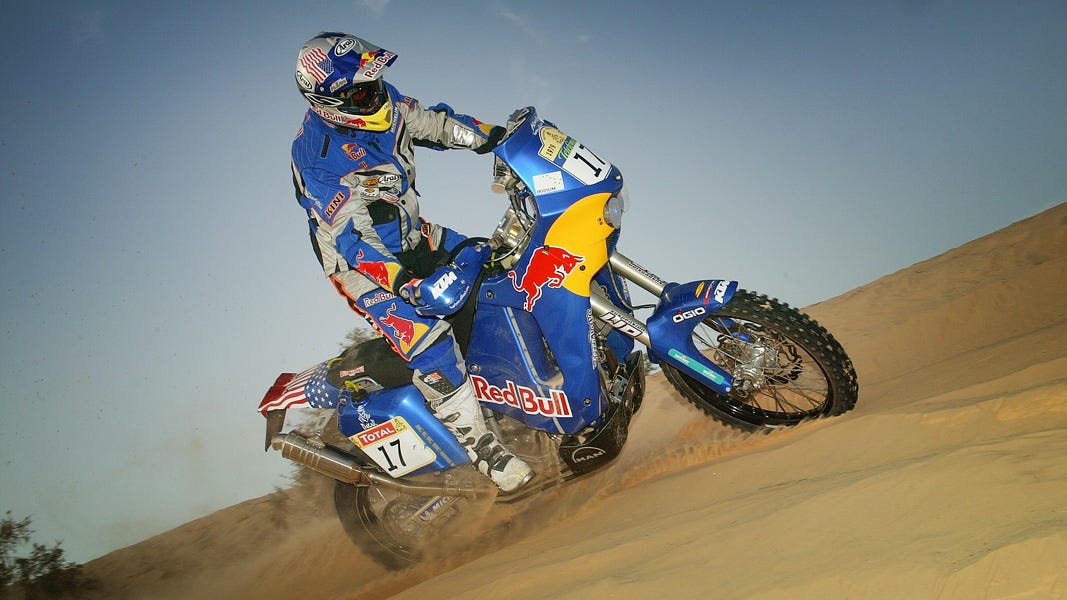
Looking back at some of the “bigger” moments of your long racing career — even though there are quite a few — what are some of your memories of the Dakar Rally?
Nothing compares to Dakar. I dreaded the liaisons, though. You get up in the middle of the night, get on the bike, and are frozen — literally frozen — for three or four or six hours, just to get to the start of the stage. And the camel grass: It is your worst nightmare, like riding the toughest supercross whoops in the world on a bike that weighs 500 pounds. I will never forget that as long as I live.
I’ll also never forget the emotion of seeing the finish line at Lac Rose in Dakar. It was the culmination of almost 40 years and hundreds of thousands of miles of racing to get to that moment.

Shifting from Dakar to fatherhood, motorcycling is multigenerational for the Harden family. You introduced your sons to the sport, and now your grandsons are riding.
My sons, Brent and Brock, are accomplished racers in their own right, and they both work in the motorcycle industry. My grandsons are two of the best things that ever happened to me. Jensen is turning out to be quite the little rider, while Layton is getting his feet wet on his Stacyc. Jensen just learned to jump his Yamaha PW50.
Most people are thinking about retirement at 65 years old, but you continue to play an active role in the motorcycle community.
That is right. I had a long career in the motorcycle industry, both as a corporate executive and a professional racer, and I now work for myself. I do consulting, brand strategy, and business development, as well as organize my own events. For 38 years, I have been doing the Nevada 200 Trailride, which has been rated one of the best trail rides in America. I sit on a couple of boards, and I advocate for both the American Motorcyclist Association and Motorcycle Industry Council in their new ridership campaigns and for land use. I try to be a good ambassador for motorcycling and everything involved with it.
How would you like to see off-road motorcycling evolve in the future? And what steps need to be in place to see that change?
I could write a book on this topic. Let’s start with the last two years, which have been very good for off-road, dual-sport, and adventure motorcycle sales here in the U.S. Not only are many existing riders switching to these segments, but new riders are coming on board, as well. The powersports industry needs to embrace these new riders, and provide support and direction to help them on their journeys into motorcycling.
We have a huge opportunity to continue to grow the sport but only if we find ways to educate, motivate, and encourage this latest crop of riders. This comes with proper training, helping them get the most out of the sport. Like any new endeavor, there is a learning curve. Existing motorcyclists, businesses, clubs, and associations need to reach out and help this next generation of riders get the most out of the experiences.
Get Inspired and Get Ready
